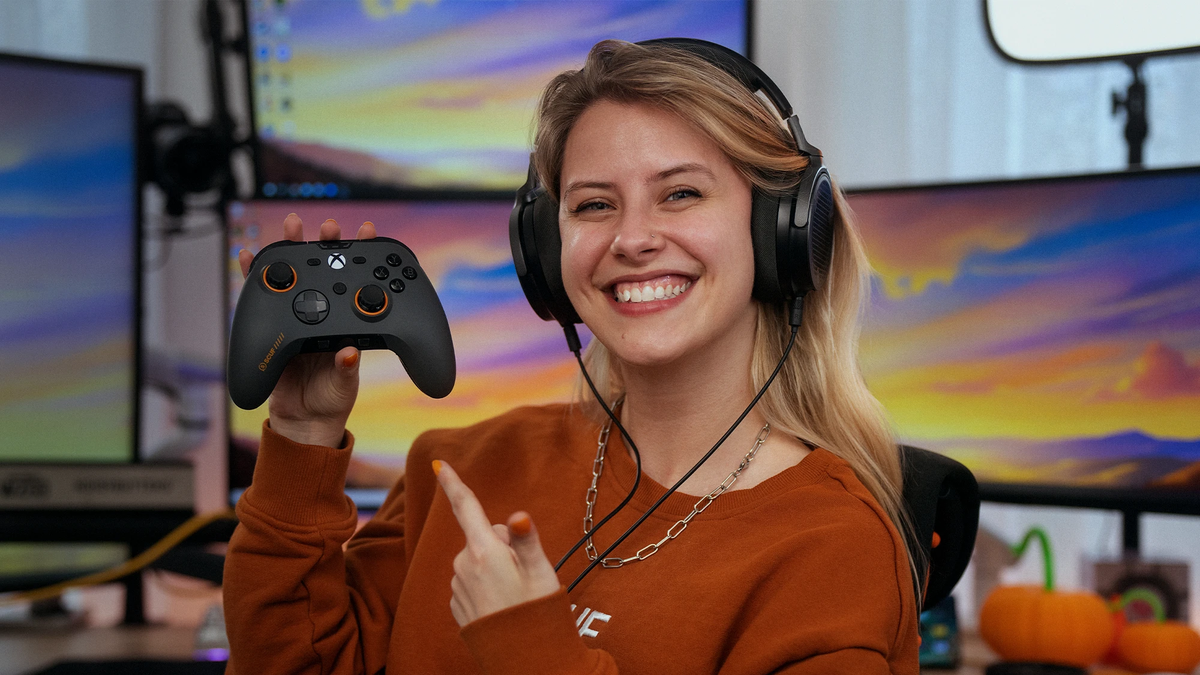Instagram does not allow children under 13 to have accounts, but parents are allowed to run them — and many do so for daughters who aspire to be social media influencers.
What often starts as a parent’s effort to jump-start a child’s modeling career, or win favors from clothing brands, can quickly descend into a dark underworld dominated by adult men, many of whom openly admit on other platforms to being sexually attracted to children, an investigation by The New York Times found.
Thousands of so-called mom-run accounts examined by The Times offer disturbing insights into how social media is reshaping childhood, especially for girls, with direct parental encouragement and involvement.
Nearly one in three preteens list influencing as a career goal, and 11 percent of those born in Generation Z, between 1997 and 2012, describe themselves as influencers. But health and technology experts have recently cautioned that social media presents a “profound risk of harm” for girls. Constant comparisons to their peers and face-altering filters are driving negative feelings of self-worth and promoting objectification of their bodies, researchers found.
The pursuit of online fame, particularly through Instagram, has supercharged the often toxic phenomenon, The Times found, encouraging parents to commodify their daughter’s images. These are some key findings.
Parents are the driving force behind the accounts. Some offer the sale of photos, exclusive chat sessions and even the girls’ worn leotards to mostly unknown male followers.
The child influencers can earn six-figure incomes from monthly subscriptions and other interactions with followers, according to interviews. Some can demand $3,000 from companies for a single post. Big followings look impressive to brands and bolster chances of getting discounts, products and other financial incentives, and the accounts themselves are rewarded by Instagram’s algorithm with greater visibility on the platform.
As the accounts gain followers, they also draw a higher proportion of males. Interacting with the men opens the door to abuse.
One calculation performed by an audience demographics firm found 32 million connections to male followers among the 5,000 accounts examined by The Times. In addition, an analysis using image classification software from Google and Microsoft indicates that suggestive posts are more likely to receive “likes” and comments.
Some of the male followers flatter, bully and blackmail girls and their parents to get racier images, and some have been convicted of sex crimes. The Times monitored separate exchanges on Telegram, the messaging app, where men openly fantasize about sexually abusing the children they follow on Instagram and extol the platform for making the images so readily available.
“It’s like a candy store 😍😍😍,” one of them wrote. “God bless instamoms 🙌,” wrote another.
Account owners who report explicit images or potential predators to Instagram are typically met with silence or indifference.
Meta, Instagram’s parent company, found that 500,000 child Instagram accounts had “inappropriate” interactions every day, according to an internal study in 2020 quoted in legal proceedings. The platform’s policy prohibits convicted sex offenders, and the company said it removed two accounts after The Times pointed them out.
In a statement, Andy Stone, a Meta spokesman, said that parents were responsible for the accounts and their content and could delete them anytime. “Anyone on Instagram can control who is able to tag, mention or message them, as well as who can comment on their account,” he added, noting a feature that allows parents to ban comments that contain certain words.
Some parents refuse to give in to creepy “bullies,” but others regret ever opening an account.
A mother in Australia, whose daughter is now 17, said she worried that a childhood spent sporting bikinis online for adult men had scarred her. She warned mothers to avoid her mistakes. “I’ve been stupidly, naïvely, feeding a pack of monsters, and the regret is huge,” she said. But a mother in Alabama said parents couldn’t ignore the reality of this new economy. “Social media is the way of our future, and I feel like they’ll be behind if they don’t know what’s going on,” she said.
Though rare, there have been criminal prosecutions against parents accused in child sexual abuse cases.
Even the most unsettling images of sexualized child influencers tend to fall into a legal gray area. To meet the federal definition of so-called child pornography, the law generally requires a “lascivious exhibition” of the anal or genital area, though courts have found the requirement can be met without nudity or sheer clothing.





